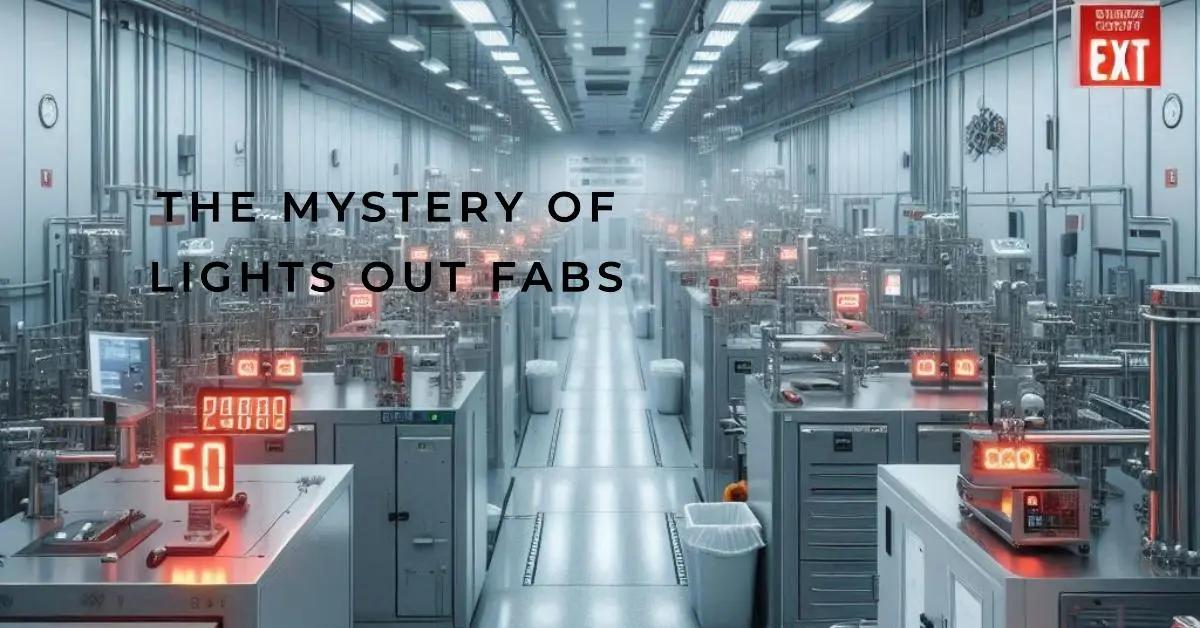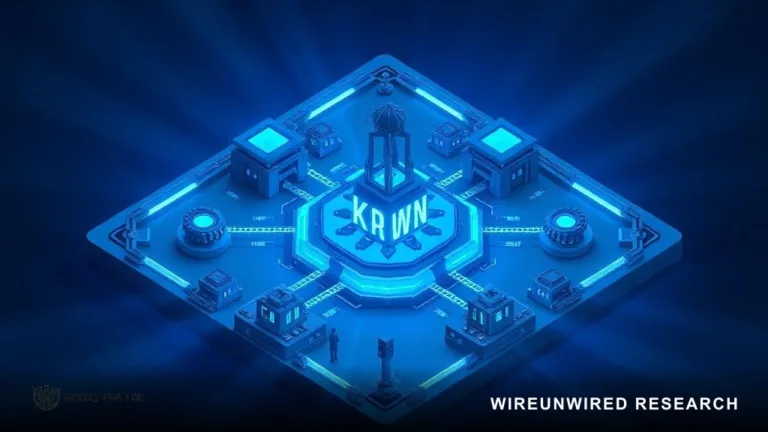Humans have always tried to minimise their work, and this very tendency has led to various inventions. From washing machines to smart lights that turn off automatically once you leave the room , humans have tried to make everything work on their own.
And one of the sectors where humans are still struggling to automate things is the chip industry. Despite advancements in technology, the chip industry still relies heavily on manual labour for certain processes. The idea of fully autonomous fabs is what we call as lights out fabs.
Lights out fabs refer to chipset factories that operate fully autonomously, without human intervention, often literally with the lights off. This concept promises enhanced efficiency, reduced labor costs, and higher productivity. But do such fully automated “lights out fabs” really exist in the semiconductor industry today? Let’s explore the history, current state, examples, challenges, and future outlook of these futuristic factories.
What Are “Lights Out Fabs” and How Do They Work?
Lights out fabs are manufacturing facilities designed to operate without human presence. These factories rely on advanced robotics, AI, IoT, and automated systems to handle every aspect of production—from raw material intake to finished product output. By eliminating the need for human oversight, these fabs aim to maximise efficiency, reduce errors, and cut operational costs.
Also Read : What is US Chips Act?
History of “Lights Out Fabs”
The concept of fully automated factories isn’t new. It has been a part of industrial dreams since the early days of automation. The first significant attempt at creating a “lights out” fab was by LASA Industries in the 1980s. They envisioned a system that could handle the entire manufacturing process from start to finish without human intervention. Although the technology of the time couldn’t fully realize this vision, it laid the groundwork for future advancements (Chip History).
Also Read :Semiconductor Fabrication 101.
Are There Fully Autonomous “Lights Out Fabs” Today?
As of now, fully autonomous “lights out” fabs are rare. While the technology has significantly advanced, complete automation is still a work in progress. However, there are notable examples of near lights-out manufacturing:
1) FANUC: This Japanese robotics company has operated a lights-out factory since 2001, where robots build other robots. These robots can work unsupervised for up to 30 days (Wikipedia).
2) Philips: In the Netherlands, Philips uses lights-out manufacturing for electric razors, employing 128 robots with minimal human oversight (Wikipedia).
3) ASE Group: By 2021, ASE Group had 25 lights-out factories, highlighting a significant shift towards automation in the semiconductor industry (SemiEngineering).
Challenges and Limitations
Achieving fully autonomous fabs involves several challenges:
1) Data Integrity: Ensuring clean, accurate, and consistent data is crucial for automation. Poor data quality can lead to inefficiencies and errors (SEMI).
2) Compatibility: Different machines often use varying communication protocols, making integration a significant hurdle. Standardizing these protocols is essential for seamless automation (SEMI).
3) Complexity of Manufacturing Processes: Semiconductor manufacturing involves highly complex and precise processes that are difficult to fully automate without human intervention (SemiEngineering) (SEMI).
Join Our WhatsApp community.
Future Outlook and Conclusion.
The future of lights out fabs looks promising but gradual. Advances in AI, machine learning, and IoT are continuously improving the feasibility of fully automated manufacturing. Companies like Samsung are pushing the boundaries, aiming to eliminate human labor from their fabs by 2030 (SemiEngineering).
As technology continues to evolve, we can expect more semiconductor fabs to adopt lights-out methodologies, moving closer to the dream of fully autonomous production. This transformation promises to enhance productivity, reduce costs, and minimize environmental impact, marking a significant leap forward in the manufacturing sector.
While fully autonomous “lights out fabs” are not yet a widespread reality, significant strides are being made towards this goal. The combination of historical ambition, current technological advancements, and future potential paints an exciting picture for the future of manufacturing in the semiconductor industry.
Discover more from WireUnwired Research
Subscribe to get the latest posts sent to your email.




